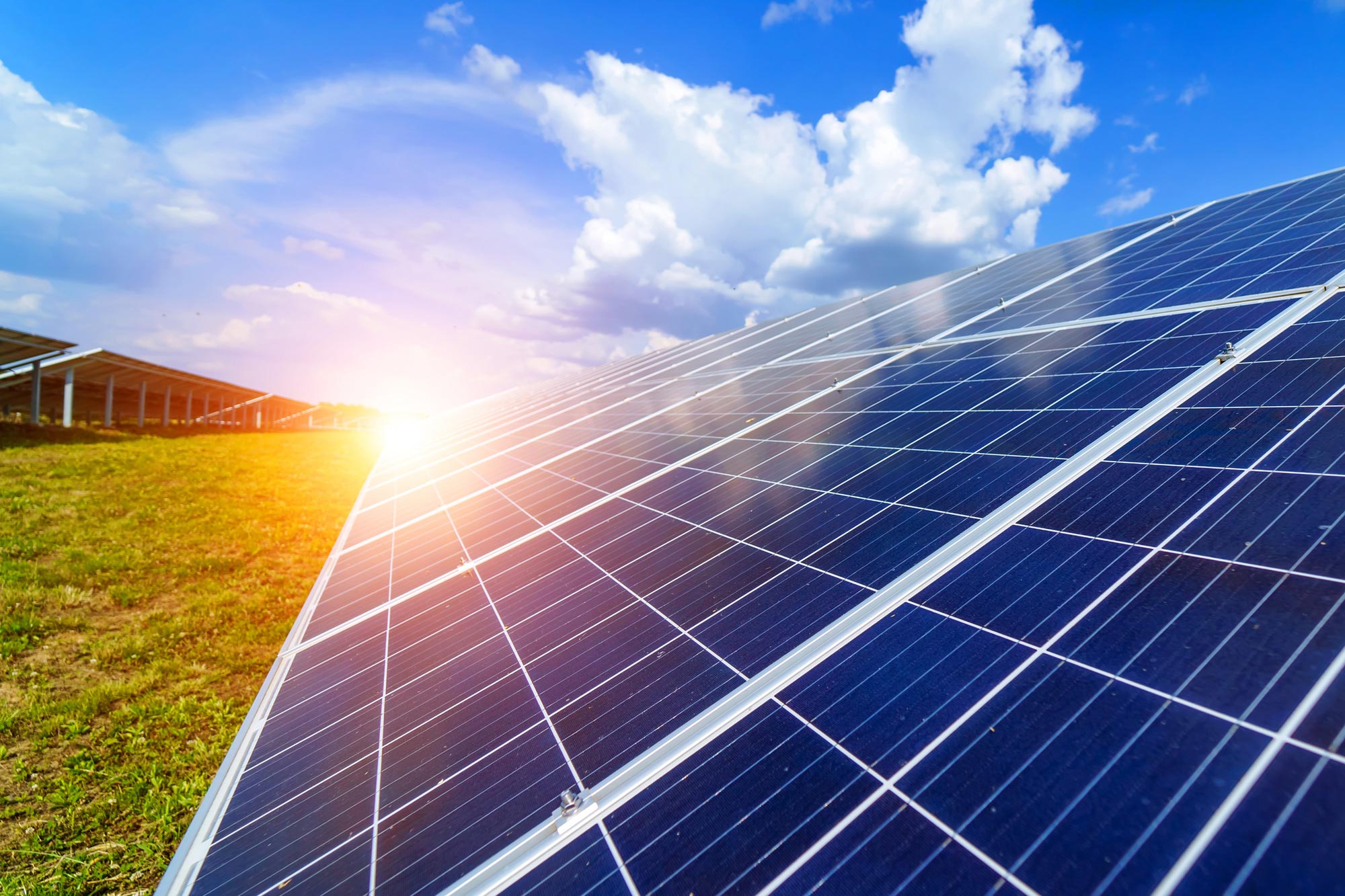
Lahari Saha, a researcher on the College of Maryland, Baltimore County, is creating a singular method to upgrade the performance of photo voltaic panels. Her analysis comes to leveraging crops’ capacity to transform daylight into chemical power thru organic molecules akin to chlorophyll, that are very good at taking pictures daylight and changing it to power.
Present photo voltaic panels are inefficient and comprise poisonous fabrics, a distinct way that harnesses plant molecules like chlorophyll may just result in enhancements.
Our present photo voltaic panels aren’t very environment friendly; they’re best in a position to transform as much as about 20 % of the solar’s power into electrical energy. In consequence, to generate a large number of electrical energy, the panels require a large number of area—every now and then main forests to being lower down or farms to being changed through photo voltaic. If photo voltaic panels have been extra environment friendly, a lot smaller panels may just make the same quantity of electrical energy, and wouldn’t declare as a lot land.
To make photo voltaic panels which might be extra environment friendly, Lahari Saha, within the lab of Professor Chris D. Geddes on the College of Maryland, Baltimore County, is operating to make electrical energy in a singular approach—through harnessing crops’ talents to transform daylight into chemical power the use of organic molecules, like chlorophyll, that excel at soaking up daylight. Saha will provide her paintings on Wednesday, February 22 on the 67th Annual Biophysical Society Assembly in San Diego, California.

Plasmon to Present era. Fluorophores produce an triggered present within the steel, which is proportional to the magnitude of the fluorophore’s extinction coefficient, 𝜖. MEF – Steel-Enhanced Fluorescence PC – Plasmonic Present Cu – Copper metals. Credit score: Symbol courtesy of Lahari Saha
Their function is to make use of organic molecules to make electrical energy that may then be harvested and used to energy gadgets or saved in batteries for later use. The method comes to leveraging molecules’ fluorescence. “Any form of molecule that fluoresces, provides off mild. If we excite the fluorophore, it may switch its power to steel nanoparticles, and if the debris are shut sufficient to one another, they are going to knock off electrons and generate present,” Saha defined. The method is not only restricted to molecules that fluoresce, Saha defined, they only want to have top absorption of sunshine akin to chlorophyll, beta carotene, or lutein. Every of those is reasonably reasonably priced and simple to derive from crops
The opposite good thing about this sort of fluorescence-based photo voltaic panel is that it could be more straightforward to recycle. Lately, photo voltaic panels depend on dear fabrics like silicon and comprise parts that may be poisonous, together with lead and cadmium—in maximum states photo voltaic panels are regarded as hazardous waste when it’s time to get rid of them. However Saha is hopeful that her photo voltaic panels can be basically plant-based molecules and different fabrics which might be reasonably prevalent like copper, making them more straightforward to recycle when the time comes. Plus, through deciding on fabrics with higher longevity, she hopes the photo voltaic panel will last more prior to it’s time to get rid of them.
However Saha’s most sensible function is to make a photo voltaic panel that’s extra environment friendly, “so it doesn’t have as huge of a footprint,” she mentioned. She hopes her smaller photo voltaic panels will permit farms to maximise meals manufacturing over producing power, and can stay forests preserved.
Supply Via https://scitechdaily.com/harnessing-plant-molecules-to-improve-the-efficiency-of-solar-panels/


